WHAT ARE TIERED WATER RATES?
TIERED WATER RATES
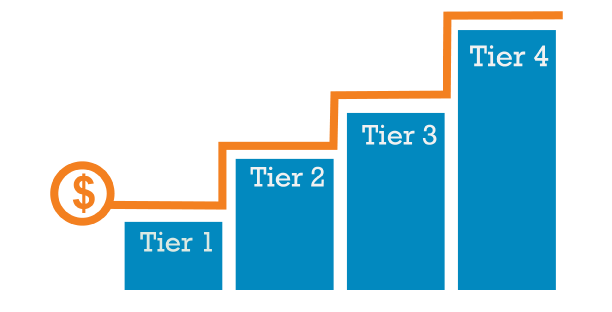
Tiered Water Rates charge customers who use higher amounts of water more than the customers who use less water.
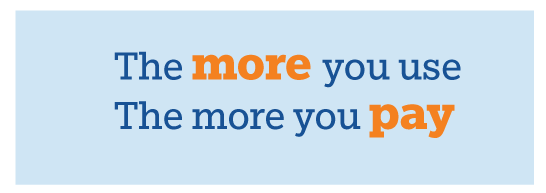
WHO USES TIERED WATER RATES?
In Arizona, water is a valuable resource in the desert terrain.
Many water companies use Tiered Water Rates to help customers conserve water and protect the water supply for future generations.



In the 1970’s, Tucson experienced an extremely hot and dry period. People were using too much water and some customers ran out druing that period.
As a result, the City of Tucson started tiered water rates to help ensure every customer has water.
They “adopted a progressive water rate structure that provides an incentive for customer to conserve.”
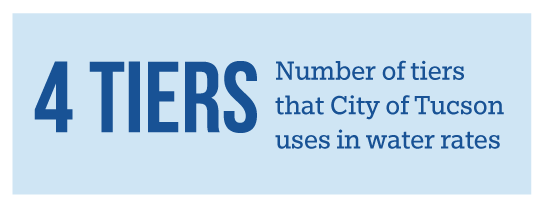
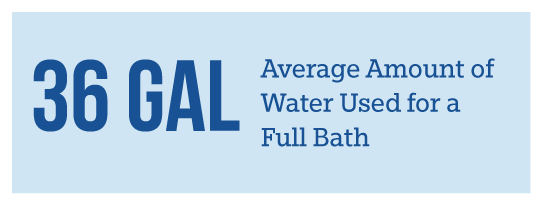
To help visualize how much water can be used in a tier in the City of Tucson, picture a bath tub full of water. The average amount of water that is used for a full bath is 36 gallons. A household in the city of Tucson can take 145 baths per month in the first tier. A household can take 312 baths and not pass Tier 2. A Tier 3 household could take 623 baths. A Tier 4 household can take more than 623 baths. Households still need to wash dishes, clean clothes and drink water. Large households may find it hard to not get hit with the penalties inherent in tiered pricing. This is true for families that like vegetable gardens or trees full of fresh fruit.

WHAT TYPES OF WATER RATE STRUCTURES
ARE USED IN THE US?
Water companies in the US use many different water rate structures such as declining block, seasonal and uniform. Only 13% of the US water companies uses the Tiered Water Rate structure.

OTHER WATER RATE STRUCTURES
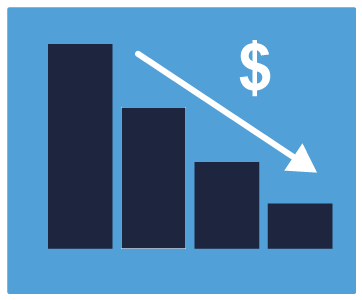
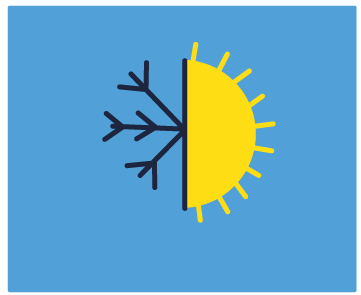
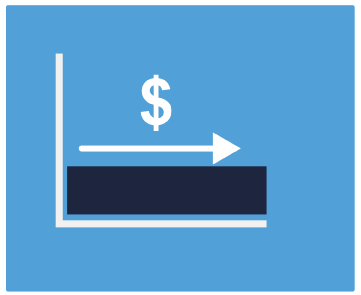
DECLINING BLOCK
Customers pay less when they use more.
SEASONAL
Customers pay more during peak demand such as the summer.
UNIFORM
The water company charges a flat rate regardless of how much water is used.
